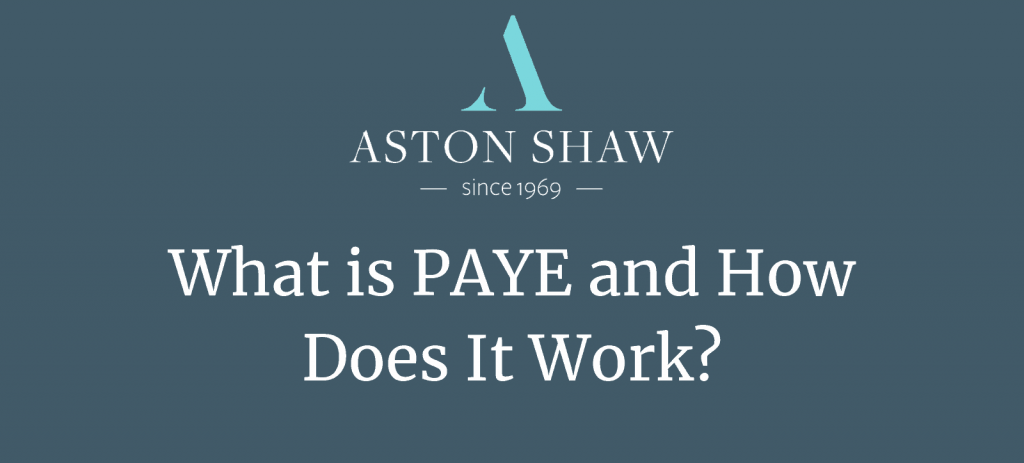PAYE is an acronym for Pay As You Earn. This is the system whereby employees and pensioners have tax deducted using their ‘PAYE code’.
HMRC uses these PAYE tax codes to tell your employer or pension provider how much they need to deduct from your pay. Where HMRC doesn’t have quite enough information to provide a tax code, your employer will use an emergency code until more information is received and a full tax code can be issued.
Understanding tax codes
Most PAYE codes are made up of a number followed by a letter:
- the letter relates to the type of allowance(s) you are getting (see below)
- the number shows the amount of income you have as allowances which may be set against tax (see below).
What the numbers mean
The number in the tax code represents the total of all available allowances, less any amount to be deducted to cover other income or benefits.
What the letters mean
L the letter L will appear at the end of your tax code if you were born after 5th April 1948 and are eligible for the basic personal allowance. This letter will also be used if you are being taxed on the emergency code.
P is used if you were born between 6th April 1938 and 5th April 1948 and entitled to a full age-related personal allowance.
Y will be in your tax code if you were born before 6th April 1938 and entitled to a full age-related personal allowance.
T may be allocated for a few reasons, including:
- If you request it because you don’t want to reveal your actual code
- you or your partner were born before 6 April 1938
- there is a reduced age-related allowance in your code
K This code is used if your total tax allowances are less than that of the total deductions to be taken away from your allowances. You may be given a K code if your untaxed income is from benefits in kind, pensions, interest or social security benefits.
BR is used if you have not been given any allowances and tax will be deducted at the basic rate. This code may be given if you’ve got multiple jobs or pensions or when you first start at a new job and your employer is waiting for a tax code.
NT is used if you don’t have to pay any tax. This code does not include a number.
D0 is used if all your income from this job or pension is taxed at the 40% higher rate – this is usually used if you’ve got more than one job or pension.
0T means no allowances have been given or remain after other adjustments have been made. Tax will be paid at the basic rate or higher rate (depending on the level of income).
If you need assistance with your businesses payroll then you may be interested in our CIPP accredited payroll service.















